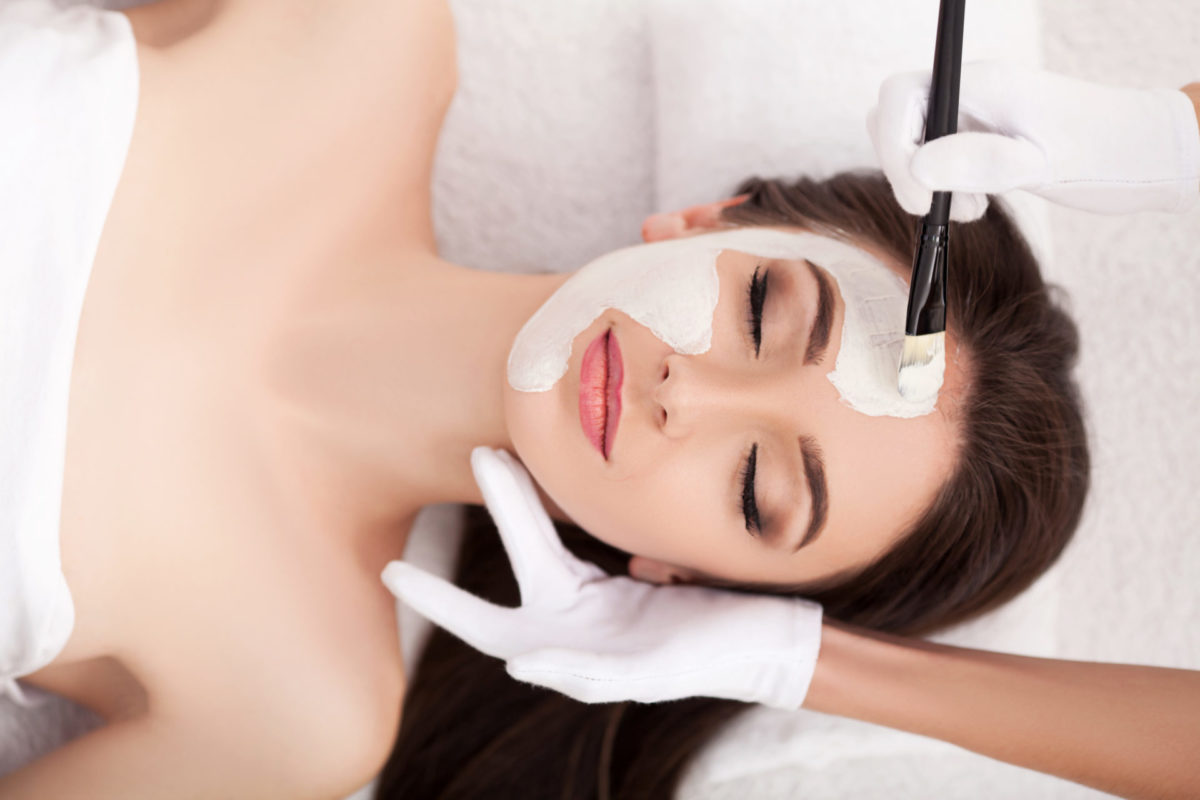
The Evolution of Beauty Treatments, Part I: Exfoliation
The Evolution of Skin Care: Exfoliation Then & Now
Introducing SkinCenter’s new blog series, “The Evolution of Skin Care”
In this series, we’ll be taking a look at some of the fundamental and most widely-used skin care routines used in the medical spa industry in hopes to discover where they come from and how they’ve evolved throughout history into the treatments we know them as today.
For this particular blog post, we’re taking a deep dive into the evolution of exfoliation. Join us as we travel across time and space to explore exfoliation in ancient cultures and take a look at present-day best practices. Let’s get started…
What is Exfoliation?
Exfoliation is described as the process of eliminating dead skin cells from the skin’s surface. Upon doing a quick Wikipedia search, you’ll discover that the word “exfoliate” is derived from the Latin “exfoliare”, meaning “to strip off leaves”. Fitting? We think so—especially being that we’re in the thick of the Fall season and surrounded by trees and other living things stripping themselves free of dead leaves in efforts to gear up for the fresh foliage of Spring.
There are many ways that one can effectively remove dead cells from the skin, but all exfoliation treatments boil down to two main methods: Mechanical Exfoliation and Chemical Exfoliation. Let’s explore each of these methods—including how they’ve been used throughout history, and how we use them today as Westchester’s Best medical spa…
Mechanical Exfoliation: Then & Now
Mechanical exfoliation entails scrubbing off dead skin cells with some sort of abrasive item. Various cultures throughout history utilized naturally-occurring abrasives to exfoliate the skin— ultimately setting the scene for the popular exfoliating treatments used today…
Then: Corncobs, Sand, Seashells & Alabaster
Many a moon ago, Native Americans exfoliated using dried corncobs, and particular tribes would exfoliate with handfuls of sand scooped up from the bottom of a river bed—according to student findings at the Cinta Aveda Institute. (Perhaps Pocahontas herself removed dead skin cells using mechanical exfoliation!)
As it turns out, Native Americans weren’t the only ones keeping up with this popular skincare routine. Polynesians are said to have sloughed off dull, tired skin with crushed seashells, and ancient Egyptians popularized pumice stones—who knew?! Furthermore, the people of ancient Egypt added plants and minerals to their exfoliation-arsenal— utilizing alabaster particles and abrasive scrubs composed of sand and Aloe vera plants.
Now: Microdermabrasion & Dermaplaning
Today, skin abrasives used for mechanical exfoliation include micro-bead scrubs, sugars, salt crystals, pumice (a big “thank you” to those innovative ancient Egyptians!), loofahs, and more. Microdermabrasion is a modern-day mechanical exfoliation method that utilizes exfoliating crystals and gentle suction to remove dead, outer layers of the skin that hosts accumulated particles and oils. Another mechanical method of exfoliation is Dermaplaning. Dermaplaning is a medical procedure that must be performed by an aesthetician, as it includes gliding a scalpel across the skin to remove its outermost layer of epidermal cells, while simultaneously removing vellus hairs (aka “Peach fuzz”) located in the treatment area
Chemical Exfoliation: Then & Now
Chemical exfoliation is a method of removal of dead skin cells from the skin’s surface using… well, chemicals. Today’s frequent flyers include a long list of various acids and enzymes that work hard to reveal the fresh, radiant skin awaiting its debut beneath the outermost layers of the epidermis. However, it took many, many years for civilization to acquire the scientific know-how from this pre-existing, age-old practice…
Then: Acidic Baths, Old Wine, a German Scientist & Phenols
Did you know that Cleopatra is said to have taken frequent baths in chemical exfoliant? That’s right, the most notorious ancient Egyptian female known to mankind apparently spent her bath-time in a tub of lactic acid.
Cleopatra’s not the only human in history to utilize the skin-renewing properties of naturally occurring acids. Skin care buffs living during the Middle Ages used the tartaric acid content of old wine to exfoliate their skin. In fact, various kinds of nature-derived alpha hydroxyl acids (AHAs) were commonly used well into the 1800s— until German dermatologist Paul Gerson Umar began scientifically formulating the earliest versions of chemical peels.
Interestingly enough, Umar was the first to conduct research with salicylic acid—a common chemical exfoliant used today. Finally, dermatologists of the early 1900s conducted chemical exfoliant experiments using phenols – which stayed popular throughout the remainder of the century.
Now: Acids, Enzymes & Chemical Peels
Some of the common acids categorized as chemical exfoliants are salicylic acid also known as beta hydroxy acids (BHAs), glycolic acid also known as alpha hydroxy acids (AHAs) , lactic acid, and citric acid, Exfoliating enzymes are often derived from fruits, and work to remove dead skin cells by breaking up the glue-like element that holds skin cells together. When it comes to modern day skin care, various chemical formulas – a.k.a. “Chemical Peels”— are the most popular chemical exfoliant-treatments performed today.
Explore SkinCenter’s exfoliating treatments for yourself by scheduling an appointment today!
Categories:
Anti-Aging Treatments, Skin Rejuvenation
Tags:
Anti Aging Treatments in Westchester, Beauty Treatments, Best Cosmetic Surgery of Westchester, best skin center, best skincenter, Chemical Peel, Chemical Peels, Dermaplaning, exfoliating tips, Exfoliating Treatments, Hartsdale NY skin treatment, medical spa, Microdermabrasion, new york skin center, new york skin treatments, skin care, skin exfoliation, SkinCenter, Westchester medical spa, Westchester Skin Care, Westchester Skin Treatments


